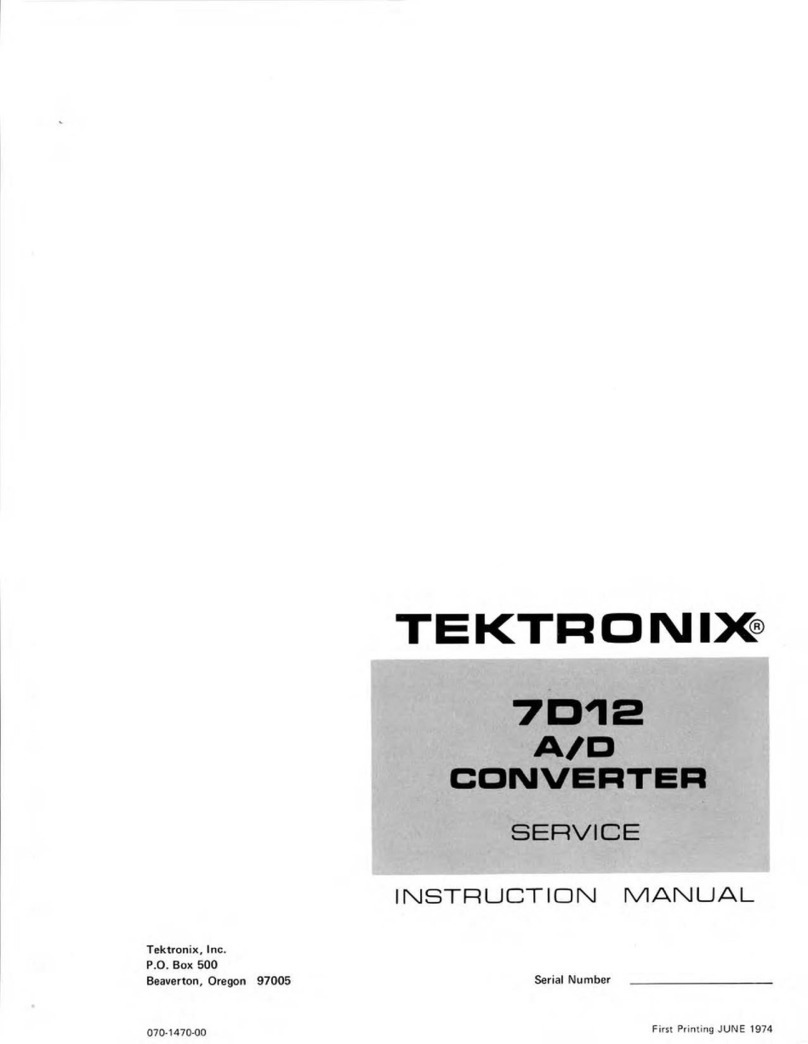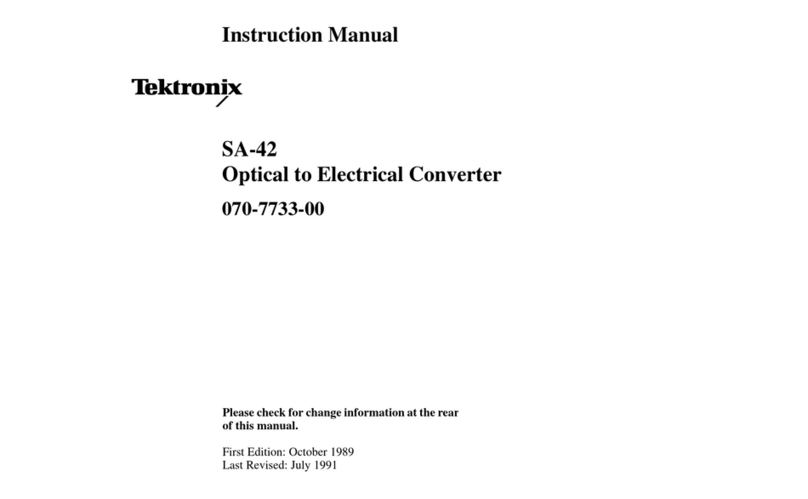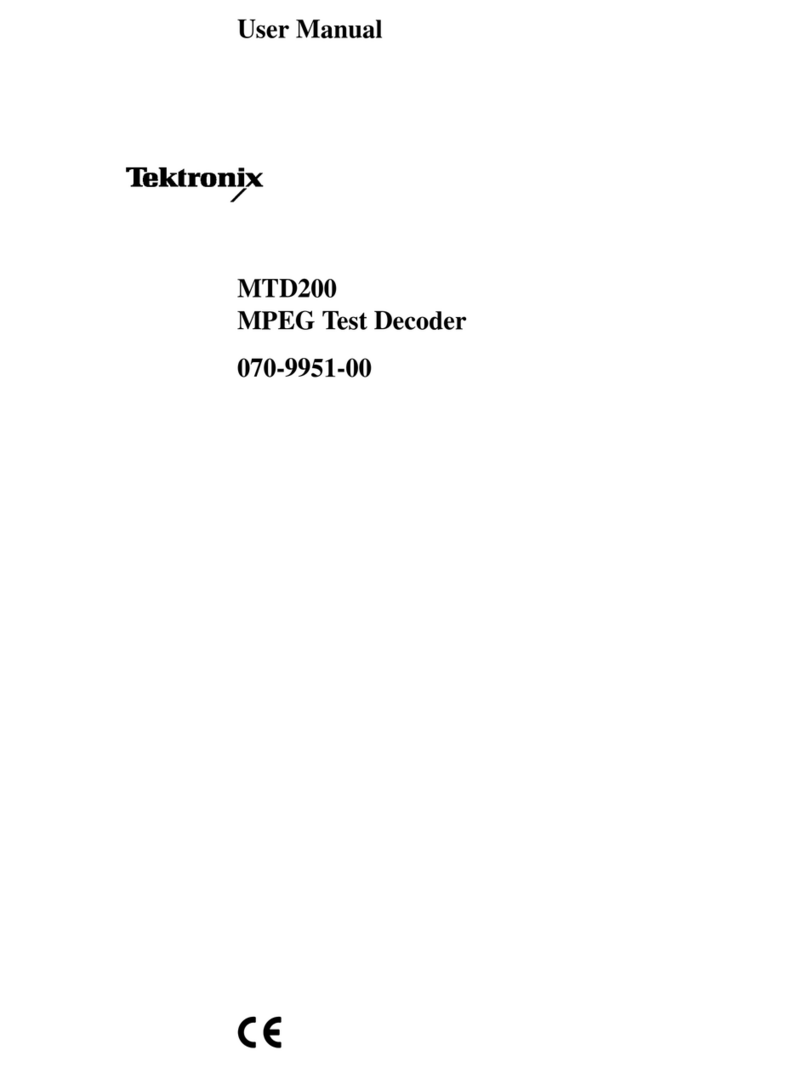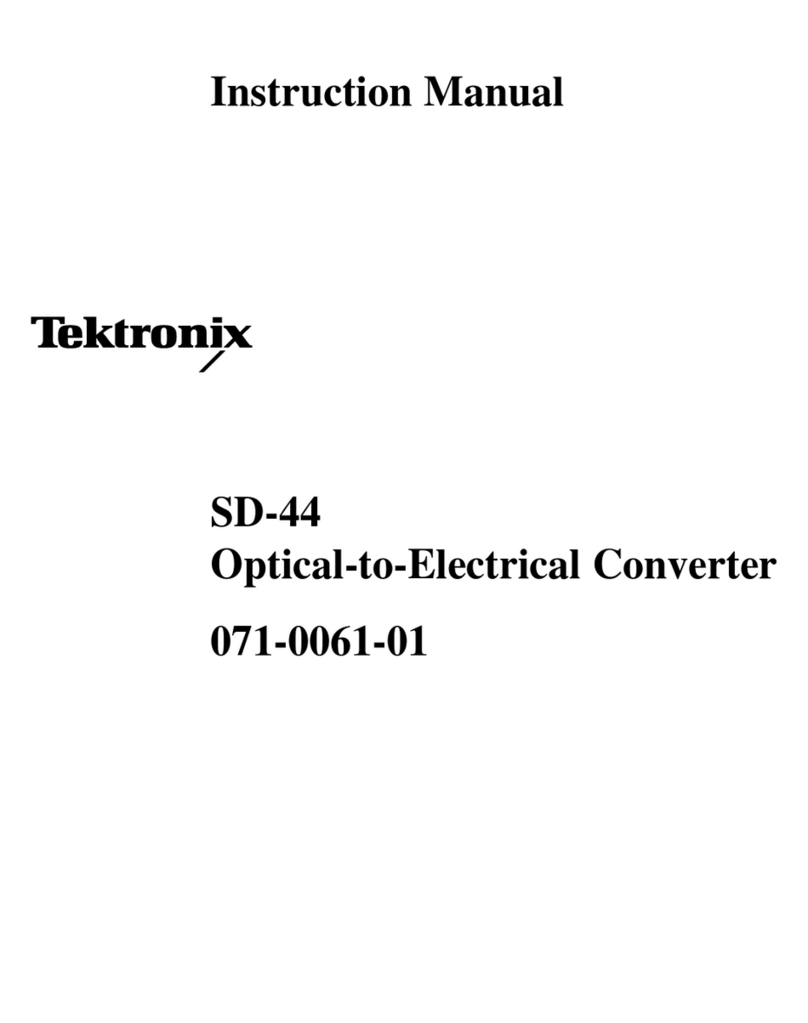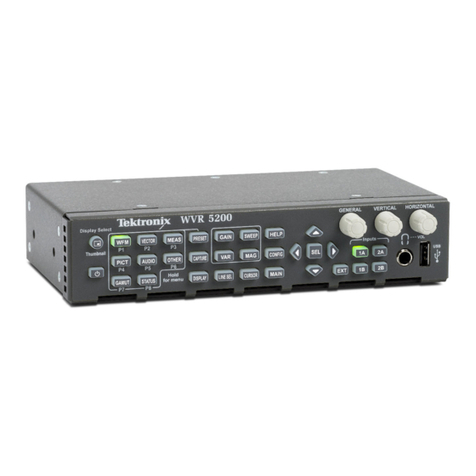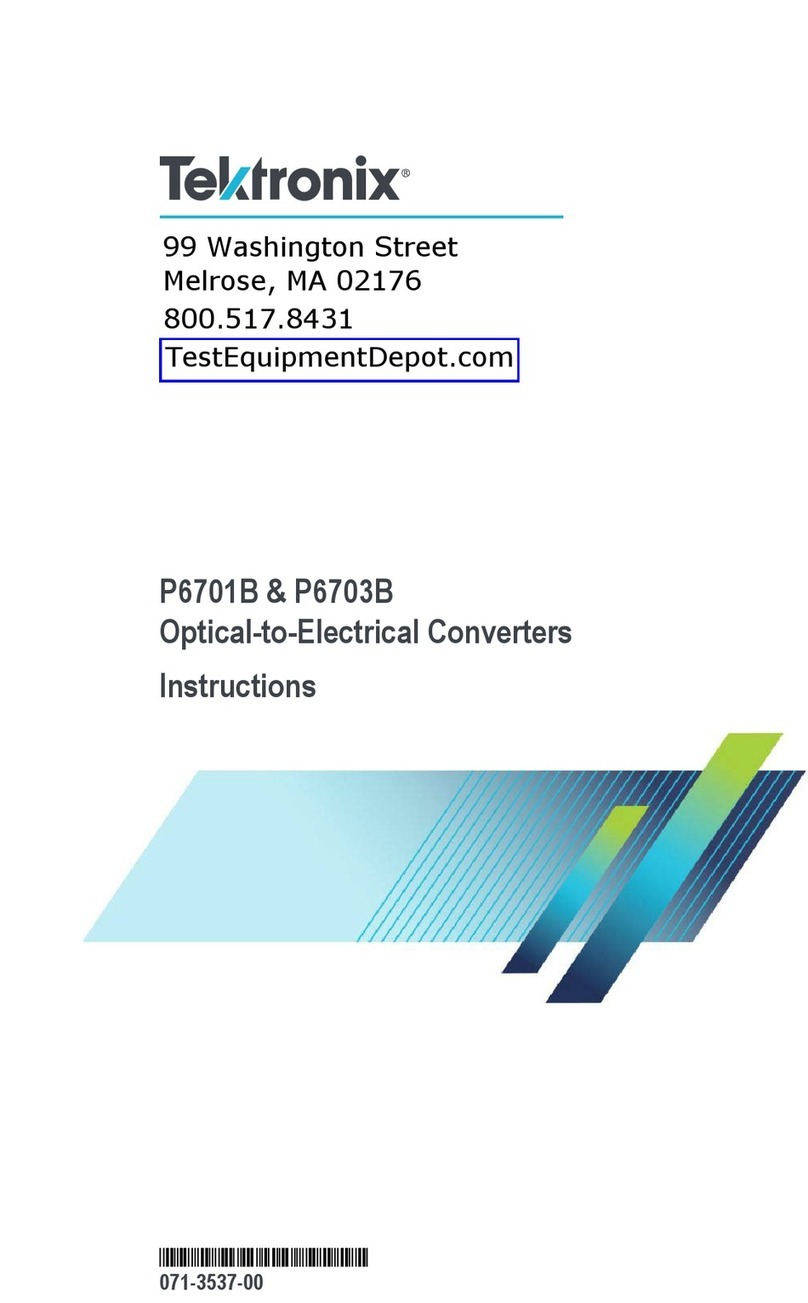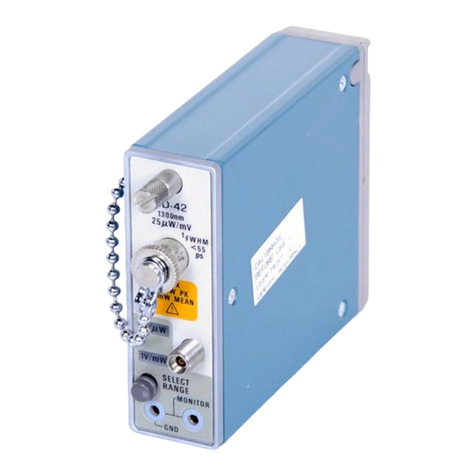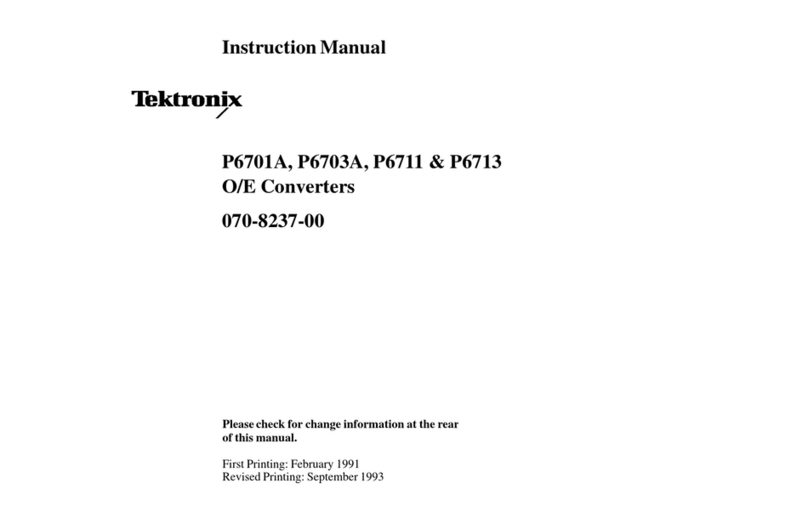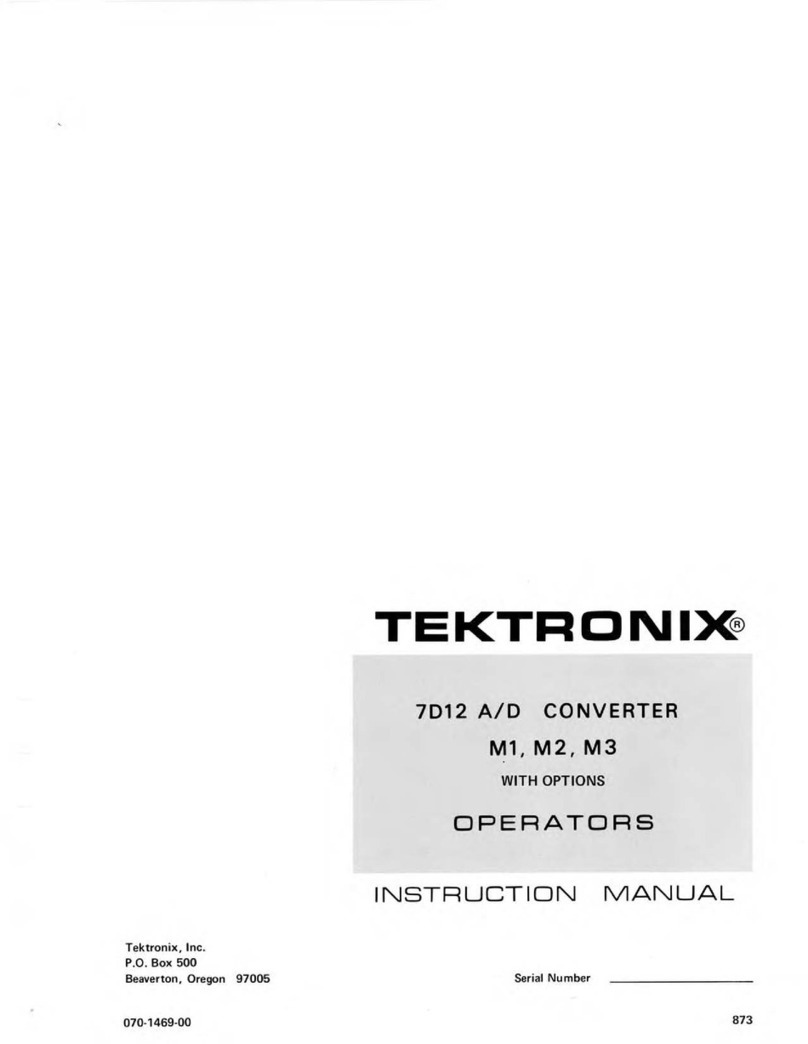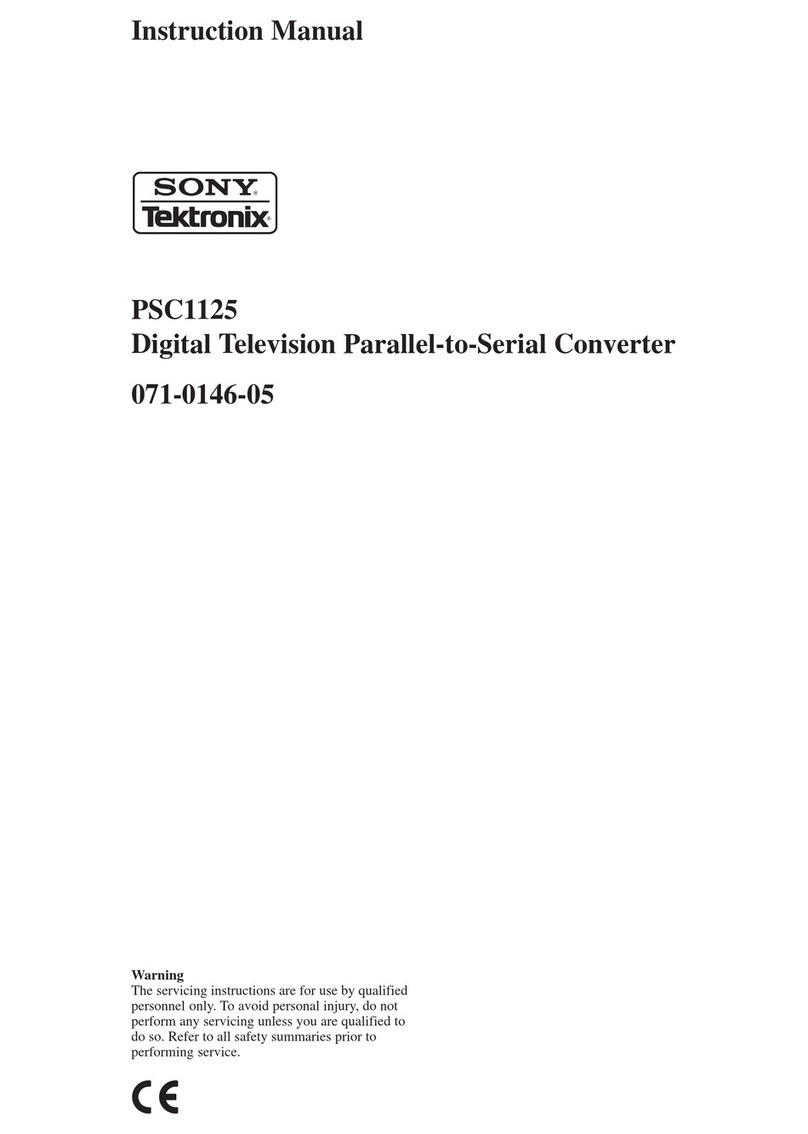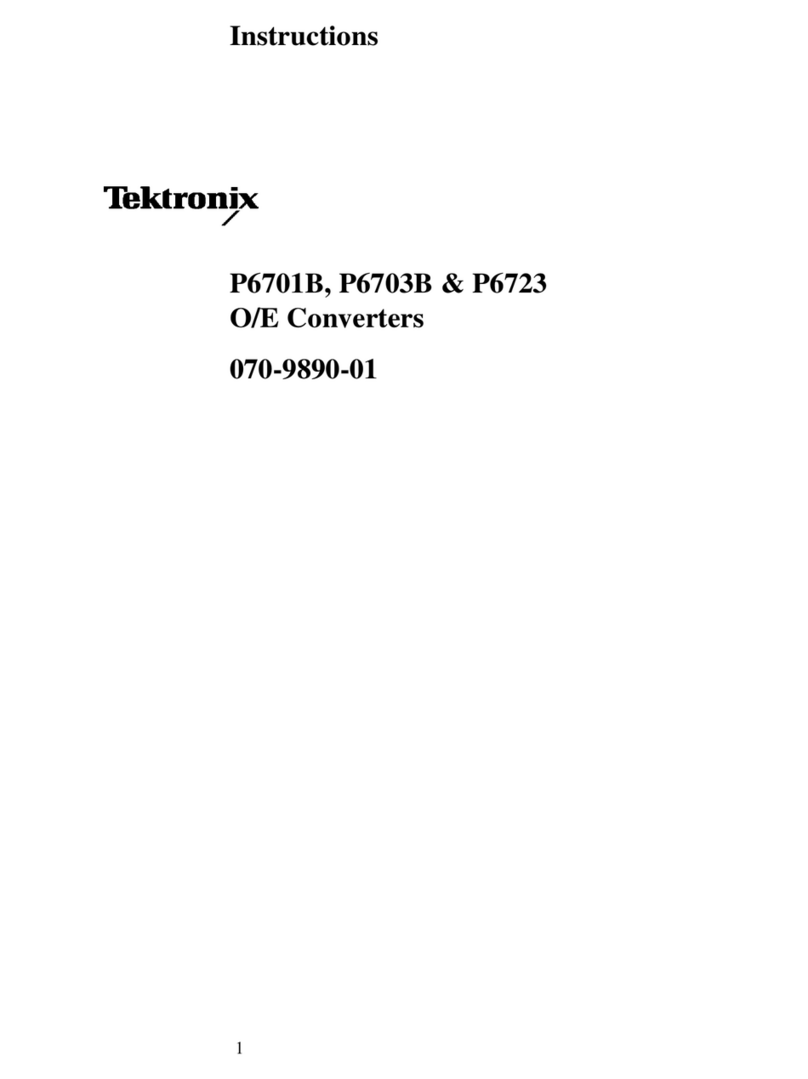
Table of Contents
1503C MTDR User Manual v
Figure 2–33: Test Cable 2–22. . . . . . . . . . . . . . . . . . . . . . . . . . . . . . . . . . . . . . .
Figure 2–34: Shorted Test Cable with a Captured Single Sweep 2–22. . . . . . .
Figure 3–1: A Typical Ethernet System 3–3. . . . . . . . . . . . . . . . . . . . . . . . . . .
Figure 3–2: N-Type Male T-Connector 3–5. . . . . . . . . . . . . . . . . . . . . . . . . . .
Figure 3–3: N-Type Female T-Connector 3–6. . . . . . . . . . . . . . . . . . . . . . . . .
Figure 3–4: System 1 – Tap Hidden by Traffic
(1 avg, 50 ft/div. 35 dB) 3–11. . . . . . . . . . . . . . . . . . . . . . . . . . . . . . . . . . .
Figure 3–5: System 1 – Traffic and Tap Nearly Identical
(4 avg, 50 ft/div, 35 dB) 3–11. . . . . . . . . . . . . . . . . . . . . . . . . . . . . . . . . . .
Figure 3–6: System 1 – Tap Becoming Visible
(16 avg, 50 ft/div, 35 dB) 3–11. . . . . . . . . . . . . . . . . . . . . . . . . . . . . . . . . .
Figure 3–7: System 1 – Tap Quite Visible
(128 avg, 50 ft/div, 35 dB) 3–12. . . . . . . . . . . . . . . . . . . . . . . . . . . . . . . . .
Figure 3–8: System 1 – No Traffic
(1 avg, 50 ft/div, 35 dB) 3–12. . . . . . . . . . . . . . . . . . . . . . . . . . . . . . . . . . .
Figure 3–9: System 1 – Tap Expanded, No Traffic
(1 avg, 2 ft/div, 35 dB) 3–12. . . . . . . . . . . . . . . . . . . . . . . . . . . . . . . . . . . .
Figure 3–10: System 2 – Cable w/ Revision One Repeater
(1 avg, 200ft/div, 2.25dB) 3–13. . . . . . . . . . . . . . . . . . . . . . . . . . . . . . . . . .
Figure 3–11: System 2 – First Tap, No Traffic
(1 avg, 1 ft/div, 44.5 dB) 3–13. . . . . . . . . . . . . . . . . . . . . . . . . . . . . . . . . . .
Figure 3–12: System 2 – Same Tap with 5% Traffic
(1 avg, 1 ft/div, 44.5 dB) 3–13. . . . . . . . . . . . . . . . . . . . . . . . . . . . . . . . . . .
Figure 3–13: System 2 – Same Tap, Increased Averaging
(16 avg, 1 ft/div, 44.5 dB) 3–14. . . . . . . . . . . . . . . . . . . . . . . . . . . . . . . . . .
Figure 3–14: System 2 – Farther Out, More Gain
(128 avg, 10 ft/div, 53.5 dB) 3–14. . . . . . . . . . . . . . . . . . . . . . . . . . . . . . . .
Figure 3–15: System 2 – 1000-ft Cable at 10 ns
(128 avg, 100 ft/div, 43.75 dB) 3–14. . . . . . . . . . . . . . . . . . . . . . . . . . . . . .
Figure 3–16: System 2 – Previous Waveform Expanded
(128 avg, 20 ft/div, 54.75 dB) 3–15. . . . . . . . . . . . . . . . . . . . . . . . . . . . . . .
Figure 3–17: System 2 – Next Group of Taps
(128 avg, 20 ft/div, 54.75 dB) 3–15. . . . . . . . . . . . . . . . . . . . . . . . . . . . . . .
Figure 3–18: System 2 – Group of Taps Expanded
(128 avg, 10 ft/div, 54.75 dB) 3–15. . . . . . . . . . . . . . . . . . . . . . . . . . . . . . .
Figure 3–19: System 2 – Another Group of Taps
(128 avg, 10 ft/div, 54.75 dB) 3–16. . . . . . . . . . . . . . . . . . . . . . . . . . . . . . .
Figure 3–20: System 2 – End of Cable (128 avg, 20 ft/div, 61.25 dB) 3–16. . .
Figure 3–21: Typical Frequency Response Curve with Ethernet
Option 06 3–17. . . . . . . . . . . . . . . . . . . . . . . . . . . . . . . . . . . . . . . . . . . . . .
